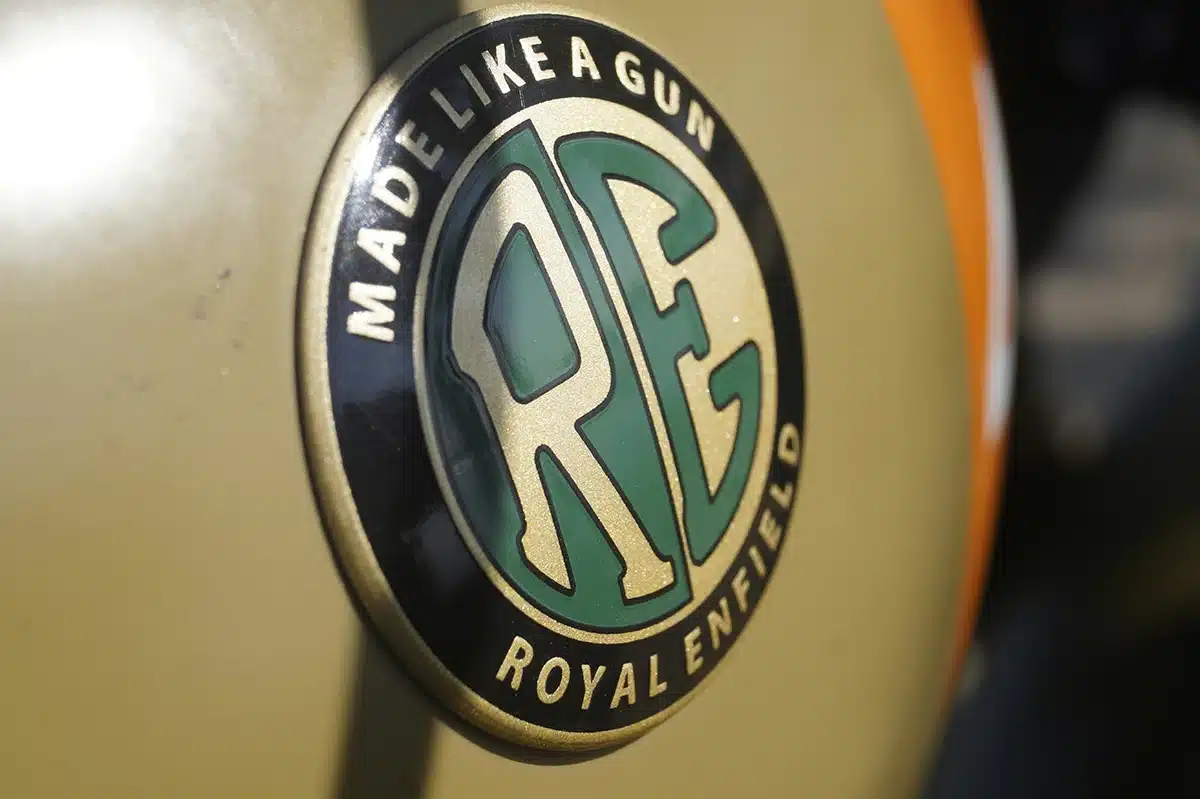The Differences Between Copyright & Trade Mark Law
Knowing the differences between trade mark and copyright law is important, as they serve different purposes and are governed by distinct areas of law. Yet when it comes to protecting creative works or unique identifiers in business, the terms ‘copyright’ and ‘trade mark’ are often used interchangeably.
Both fall under the umbrella of intellectual property (IP), but understanding how copyright and trade mark law differ is key to protecting your creative or business assets. Whether you’re a budding entrepreneur or a well-established creator, it’s important to know what each of these protections covers, how to register them and how they can help you secure exclusive rights.
What is copyright?
Copyright protection is a legal mechanism that gives creators of original works the exclusive right to reproduce, distribute, and perform their works. It applies to various forms of creative expression, such as literary works, artistic works, sound recordings, motion pictures and software code.
Under copyright law, the moment a creator expresses an original work in a tangible medium (such as writing a novel, painting a picture or recording music), copyright exists automatically. This means that the creator of the work doesn’t need to register it to obtain protection. However, registering the work can provide additional benefits, including easier enforcement in case of disputes.
What does copyright protect?
Copyright protects the originality of the work. In other words, it grants the copyright owner exclusive rights to their creation. This can include the right to reproduce the work, create derivative works, or distribute the work to the public. However, copyright doesn’t protect ideas or concepts; it only protects the expression of ideas fixed in a material form, such as a written manuscript or a recording.
An interesting aspect of copyright is that it doesn’t just apply to traditional forms of creative expression like books or paintings. Copyright law also extends to computer programs (software code), music and even sound recordings, as long as the work is original and fixed in a tangible medium.
For instance, if you write a piece of music or code a software program, you automatically own the copyright to your work. If someone else uses your original work without your permission, it may constitute copyright infringement. You can seek legal action and monetary damages to protect your copyright.

How is copyright registered?
Copyright exists from the moment a work is created. Countries like the US have a ‘Copyright Office’, but nothing of this nature exists in Australia because copyright protection is automatic, and registration isn’t required to claim copyright. It is a good idea to keep copies of your original work, which can be done by emailing them to yourself or others or showing a clear date on your work where possible.
What is a trade mark?
A trade mark is a symbol, word or logo, or other identifier used to distinguish your goods or services from those of other businesses. Trade mark law is designed to protect the brand and ensure that consumers can easily identify the origin of products or services.
For example, a registered trade mark could protect a business name or logo used on your products or services. If your company has a distinctive brand that you want to safeguard, applying for federal trade mark registration with IP Australia is a smart move. If you need assistance with organising a trade mark, our team can assist with any or all of the process.
A registered trade mark gives the owner exclusive rights to use the mark in commerce, and it serves as a tool to prevent others from using similar marks that could cause confusion among customers. This includes brand names, logos and other distinctive identifiers that set your goods or services apart in the marketplace.

Trade mark protection & registration
When you register a trade mark with IP Australia, you gain the exclusive right to use the mark in connection with the particular goods or services you’ve specified. A registered trade mark provides legal protection, so if someone uses your mark without permission, you can take legal action for trade mark infringement.
The process of registering a trade mark involves filing an application with the trade mark office. This application includes specifying the goods or services you wish to associate with your mark and paying the registration fee. Once granted, your trade mark is protected, and you have the exclusive right to use it in the marketplace.
Trade mark protection is crucial for businesses, as it helps prevent others from using marks that are too similar to yours, which could lead to confusion or harm your reputation. Imagine if someone else started using a logo or brand name that closely resembles your own—it could confuse your customers and damage your brand’s ownership of its identity.
Key differences between copyright & trade mark
While both copyright and trade mark offer important protections for creators and businesses, they are fundamentally different. Here’s a rundown of the main differences between the two:
Subject matter
- Copyright protects original works of authorship, such as literary works, artistic works, software code, sound recordings, and motion pictures.
- Trade mark protects words, logos, and other marks used to identify and distinguish goods or services in the marketplace.
Purpose
- The purpose of copyright is to protect the expression of ideas in a material form and prevent unauthorised reproduction or distribution of a creator’s work.
- The purpose of trade mark law is to protect the brand or identity of a business, ensuring that consumers can reliably identify the source of goods or services.
Creation vs. use
- Copyright arises automatically when a work is created and fixed in a tangible medium.
- Trade marks, on the other hand, require registration with the trade mark office for formal protection (though common law rights may exist without registration if a mark is used in commerce).
Duration
- Copyright protection lasts for the lifetime of the author plus 70 years in Australia.
- Trade mark protection lasts as long as the mark is used in commerce and renewed periodically, typically every 10 years.
Scope of protection
- Copyright protects the specific expression of ideas (e.g., the text of a book or the melody of a song) but does not protect the underlying idea itself.
- Trade mark protects the distinctive mark that identifies the origin of goods or services and can prevent others from using similar marks that could confuse consumers.

How can you protect your creative works?
Whether you are a creator or a business owner, it’s essential to understand how to protect your original work or brand. If you’ve created a unique piece of music, written a novel or developed a software program, copyright protects your creation automatically. On the other hand, if you’ve developed a logo, brand name or slogan that distinguishes your business in the marketplace, trade mark protection is the way to go.
For business owners, national trade mark registration with IP Australia ensures that your trade mark protects your brand identity and helps you avoid the risk of trade mark infringement. As a creator, registering your copyright can provide additional benefits and peace of mind in protecting your original works.
Conclusion
In summary, both copyright and trade mark law serve crucial roles in protecting the creations and identities of individuals and businesses. Copyright grants creators the exclusive right to their original works, while trade mark law focuses on protecting a brand or mark used to identify goods and services in commerce.
By understanding the differences between these two forms of intellectual property, you can take the appropriate steps to safeguard your creative works and business assets. Whether it’s registering your copyright or trade mark with the trade mark office or taking legal action in case of infringement, both protections are essential tools for preserving your rights and ensuring the longevity of your creative or business endeavours.
Understanding these distinctions will go a long way in helping you navigate the IP landscape, giving you the confidence to protect what’s rightfully yours in the world of commerce and creativity. To learn more and help ensure that you’re fully protected, contact Actuate IP today for expert guidance tailored to your needs.
